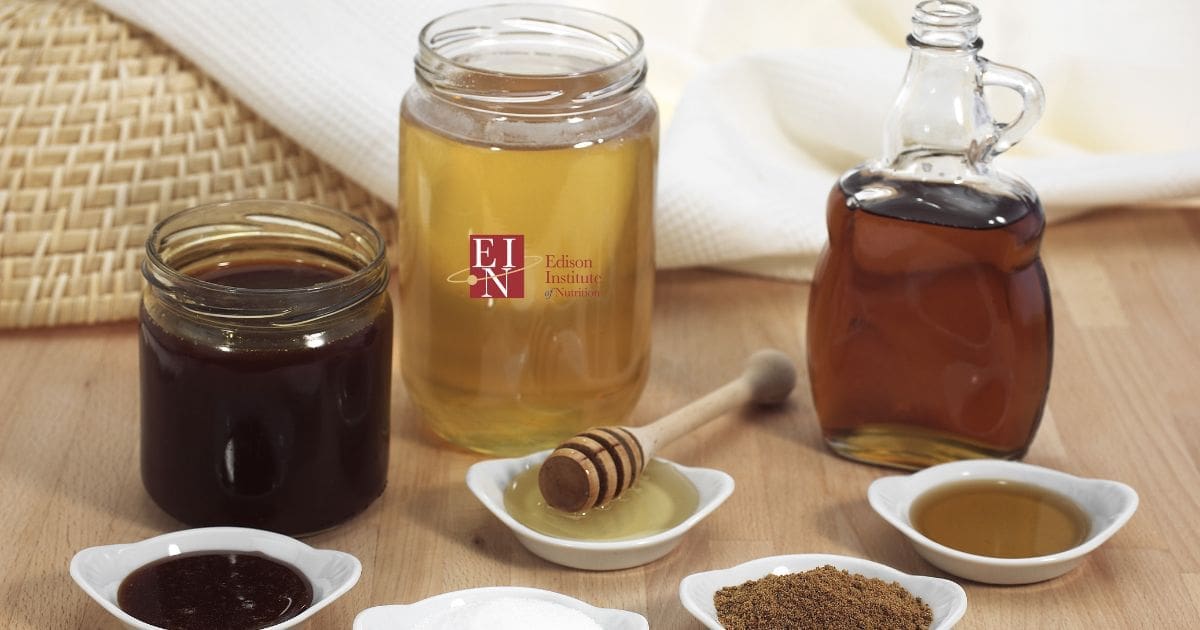
The paleo diet subscribes to the belief that we should eat like our ancestors. Essentially, if an item was unable to be accessed by a caveman as it wasn’t naturally occurring, we shouldn’t be consuming it either. This means that the majority of a paleo diet is focused on unprocessed, unrefined, non-packaged foods. This can include meats, vegetables, eggs, and some fruit and nuts. However, this eliminates dairy products, grains, and sugars.
While trying to avoid some of these items can be easy (think dairy-free alternatives), sugars or sweeteners are a part of so many different foods, including items that are marketed as healthy. When you need that sweet element, these seven paleo-friendly options can help.
Jerusalem Artichoke Syrup
Jerusalem Artichoke Syrup is low on the glycemic index scale, making it useful both for those on the Paleo diet and diabetics. It tastes sweet and is rich in a pre-biotic called inulin. Inulin works in your body to feed other probiotics, helping improve the natural flora of your intestinal tract.
Lucuma Powder
Lucuma powder is made by drying and powdering a lucuma fruit, found in Peru and Ecuador. It is quite sweet and is useful when added to flours or other dry goods.
Monk Fruit
Also known as luo han guo, this plant native to Southeast Asia is zero-carb and calorie, and many times sweeter than sugar. There is research showing that monk fruit has antioxidant properties, although it is not yet known if the sweetener possesses the same benefits as the whole fruit. You can purchase monk fruit powder or sweetener from a variety of health food stores or purchase a whole dried fruit and grind it yourself.
Raw Honey
Raw honey is considered to be a superfood because of the numerous benefits it provides. It can, however, be quite high in carbs and calories, so it’s best to use this sparingly as a treat. It is also twice as sweet as regular table sugar, so keep that in mind when adding it to a food or beverage.
Raw Maple Sap
The pure sap given from maple trees is a natural sweetener that has been used by Natives for centuries. It is thick, sticky, and has a hint of sweetness. When boiled down and allowed to reduce significantly, it becomes maple syrup. The syrup or sap can be added to recipes to add sweetness and rich maple flavor.
Stevia
The dried leaves of the Stevia Rebaudiana plant, native to South America, are a natural sweetener. They are around 10 – 15 times sweeter than regular table sugar. You can purchase stevia as a whole plant, dried leaves in bulk, or as a powder.
Yacón Syrup
This syrup comes from the tuberous roots of the yacón plant, native to South America. It has a sweet taste, similar to caramelized sugar, and is also low in calories and carbohydrates. There is currently no industry standard for yacón syrup, so you may find that some are over-processed or cooked and have a high level of carbs
Whether you’re on a diet like Paleo or you are just looking for ways to cut back on your sugar intake, seeking out and trying alternative sweeteners can be good for your health and your palate. If you are interested in other food alternatives, substitutions, or ways to improve your general well-being overall, enroll in a holistic nutrition course. Here you will learn about a variety of topics, including digestion, pediatric nutrition, and more. At the Edison Institute of Nutrition, we can help you get started on your path to a career as a holistic nutritionist.
We are an internationally recognized nutrition school offering online training and diploma programs around the world. For more information, call us at or contact us online.
Also Read:
